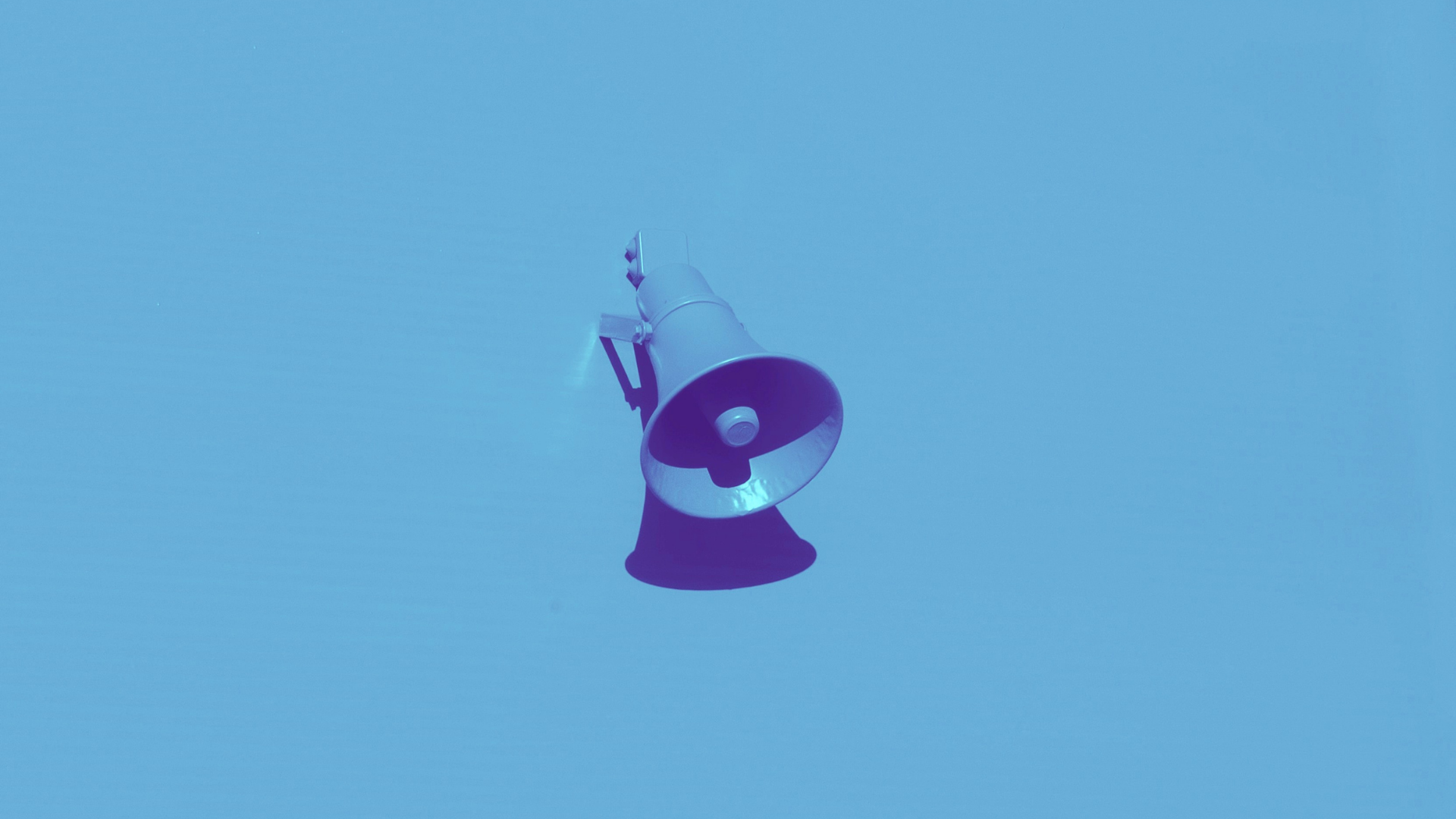Why Driving Awareness Isn't Enough (CogMar Process A)

Want to accelerate your sales cycle and ensure long-term success for your business? Unpopular opinion: a new set of ads won't cut it.
Throughout the history of sales and marketing, brand awareness has been a critical focus for most marketers who understand that no sales and marketing campaign can be successful without driving awareness. And that's true, because how can buyers invest in a product or service whose brand they know nothing about? And how do you drive customers down the entire sales funnel without concrete awareness?
The caveat: When a company focuses primarily on brand awareness in its marketing efforts, chances are that a lot of time, money, and effort goes to waste. Simply put, allocating most or all of your marketing spend towards early-stage efforts won't sustain your business.
Awareness And Affinity Aren't The Same
It's safe to say that almost everyone knows about Amazon, Shopify, and Walmart. They're the world's leading e-commerce retail stores. But does that mean you want to partner with them? As a business or even a consumer, you know different brands exist out there, maybe others similar to Amazon and co. But you may not know anything about these brands. Or perhaps you do, but you don't like them. Or you had a bad experience the last time you made a purchase at any of them and would never go there again.
As the cliché goes, people tend to buy from brands they know, like, and trust. So if your primary marketing focus is only on awareness, then sure, people will give you the "know" minus the like and trust.
Brand Awareness Alone Cannot Convert
Let's present you with one case scenario. Do you remember the Super Bowl ads, which run year in year out? There was the Radio Shack ad in 2014. In this ad, celebrated '80s icons Dee Snider and Erik Estrada stormed a Radio Shack store and gleefully turned it upside down. People still remember that ad several years later.
Besides stealing the show on game day, the ad was ranked among the top five in USA Today's Super Bowl AdMeter. The ad received massive airplay and comprehensive coverage with substantial viewership.
Unfortunately, within a month after the Super Bowl, Radio Shack announced that it was shutting down about 20% of its stores which were over 1000+. But that was just the tip of an iceberg. Eventually, things went further south for Radio Shack.
So, what about awareness? They had plenty of that. But awareness wasn't enough to keep the business afloat. Just because consumers knew what Radio Shack was, it didn't mean they were motivated to purchase electronics solely from them - or from them at all.
My point? Success isn't when your marketing team drives more traffic to your website. Success is when your team enables the right, qualified, traffic to:
1) Become aware of how your brand has helped others with similar problems
2) Consider making a positive change versus sticking with the status quo
3) Imagine how their life would be different if they proceeded with making that change
4) How your brand, specifically, can help them get from their current state to their desired state
5) Commit to making the change
Aim For Success, Choose Behavioral Objectives
Long-term success is achieved when your marketing and sales efforts are aligned. In doing so, you'll pave a natural path for your prospects to experience the five steps above.
When done right, your marketing toolbox will be full of various tools to effect different behavioral objectives at each stage in your prospect's buying journey (also referred to as CDJ: the customer decision journey).
Why Can't I Use the Same Tools Across the CDJ?
Great question. You can, but it won't resonate with your prospect's needs and motivations as they inevitably change throughout the journey.
To learn more, check out our blog post on why we guide our clients to a more effective budgeting model that considers the whole buying cycle. When marketing works with sales to learn and communicate what to do and when, you close more deals with less reliance on brute-force.